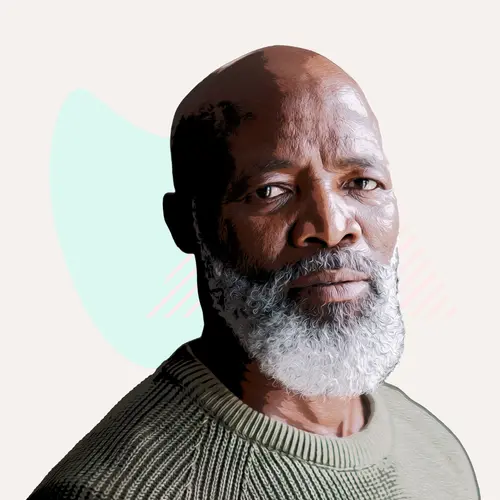Social and economic factors matter when it comes to multiple myeloma. Studies show that survival rates are lower for people with lower socioeconomic status.
This affects people of color disproportionately. Black people have twice the risk of getting multiple myeloma as white people. Their risk of death from multiple myeloma is also higher.
There are many causes of racial and ethnic disparities in health care. But studies suggest socioeconomic barriers that limit access to good health care play a major role.
These socioeconomic factors may play a role in multiple myeloma:
Lack of Awareness
In some Black communities, there’s a lack of awareness of multiple myeloma and how it affects them.
Primary care doctors may not have a deep understanding of the disease. They may not be aware that their patients have a higher risk of getting it. They may view symptoms simply as signs of getting older.
Your doctor should run blood and urine tests. If they’re unaware of the risks, they won’t take the steps to find out if you have multiple myeloma and treat it properly.
Access to Health Care
Black and Hispanic people are less likely to have access to effective and innovative treatments for multiple myeloma.
They’re less likely to get autologous stem cell transplantation (ASCT). They’re also less likely to get state-of-the-art therapies as quickly as white people.
In one study, it took 2 months or longer for patients of color to get immunomodulatory drugs, like lenalidomide, or proteasome inhibitors, like bortezomib and carfilzomib. These drugs have doubled survival rates in the last 10 years.
Black people may have fewer transplants, inpatient chemotherapy, and care consultations. They’re more likely to have blood product transfusions and more intensive care.
Insurance Coverage
Differences in insurance may also limit access to multiple myeloma care.
According to the CDC, fewer Black people have private insurance than white people. This may impact quality of care.
In one study, people of color with Medicaid or Medicare were less likely to be given new treatments or transplants than those with private insurance.
Even though people of color have had better insurance coverage since the Affordable Care Act was passed, they’re still more likely to be uninsured. This is especially true for Hispanics, Native Americans, and Alaska Natives.
If a person doesn’t have good insurance coverage, some health care providers may assume certain treatments are too expensive for them. This may limit their treatment options and quality of care.
Language Barrier
If you don’t speak the same language as your provider, it’s harder to talk to and understand your doctor.
This can lead to the wrong diagnosis. It may also lead to misunderstandings about your treatments, discharge instructions, and how to take your medication.
Some providers have an interpreter on staff, but many people who speak limited English don’t get one.
Geographic Barriers
If you don’t have easy access to health care facilities, you’re less likely to get the care you need.
In some Black and Hispanic neighborhoods, there are fewer hospitals and other health care providers. People of color may rely on community health centers, emergency rooms, outpatient care, and community-based providers. These places may not offer specialty care.
Traveling to doctors farther away may be more challenging for lower-income people or people in rural areas. If they don’t drive, have someone to drive them, or have access to public transportation, it’s harder to get care outside their immediate area.
Access to Clinical Trials
Experts are trying to learn more about risk factors for multiple myeloma through clinical trials. But clinical trials don’t include enough people of color.
This may stem from several issues. A clinical trial may not be available in the area, or doctors may not know about them. Also, providers may not be willing to refer people for trials. They may be worried that clinical trials will cost their practice money or burden them with paperwork. Cultural differences may affect how well they communicate with some patients.
It may also be a result of patient concerns. These can be because of beliefs and attitudes. People may not trust the medical system. If they don’t understand what a clinical trial is, it could make them afraid that it could harm them to take part.
Practical worries can play a part as well. Work schedules or family commitments can make it hard to find the time to commit to a clinical trial. Transportation problems may be an issue. While the trial provides the care for free, there may not be room in a person’s budget to cover little costs like parking or meals. All these things need to be addressed so that underserved communities are better represented in clinical trials.
